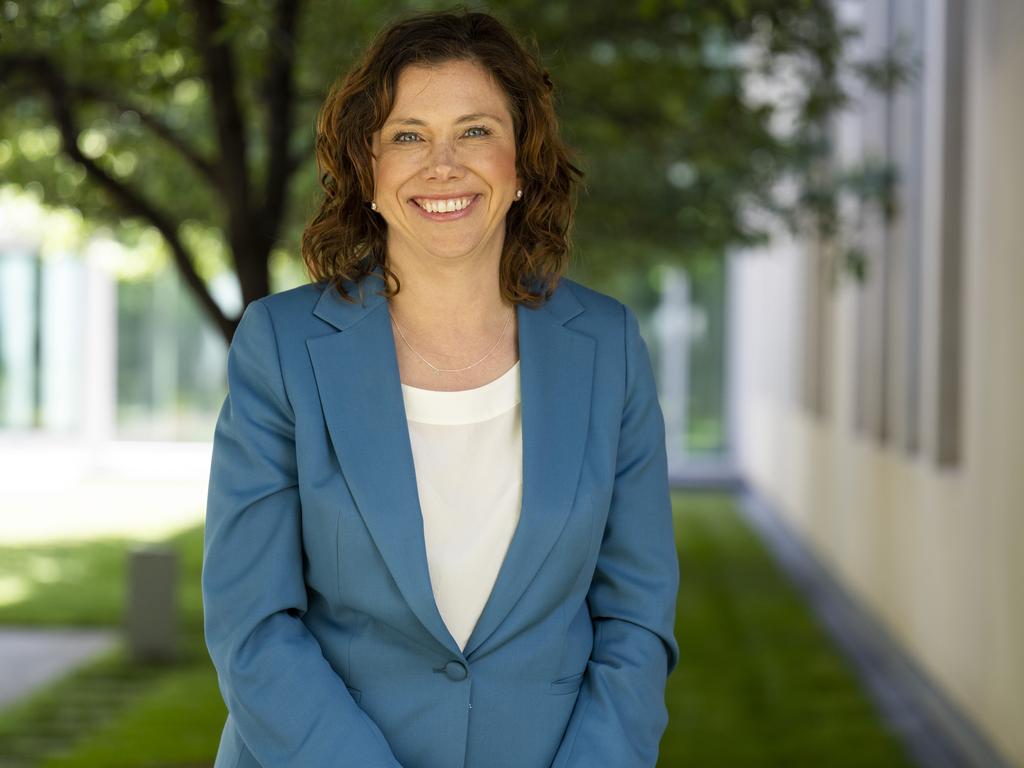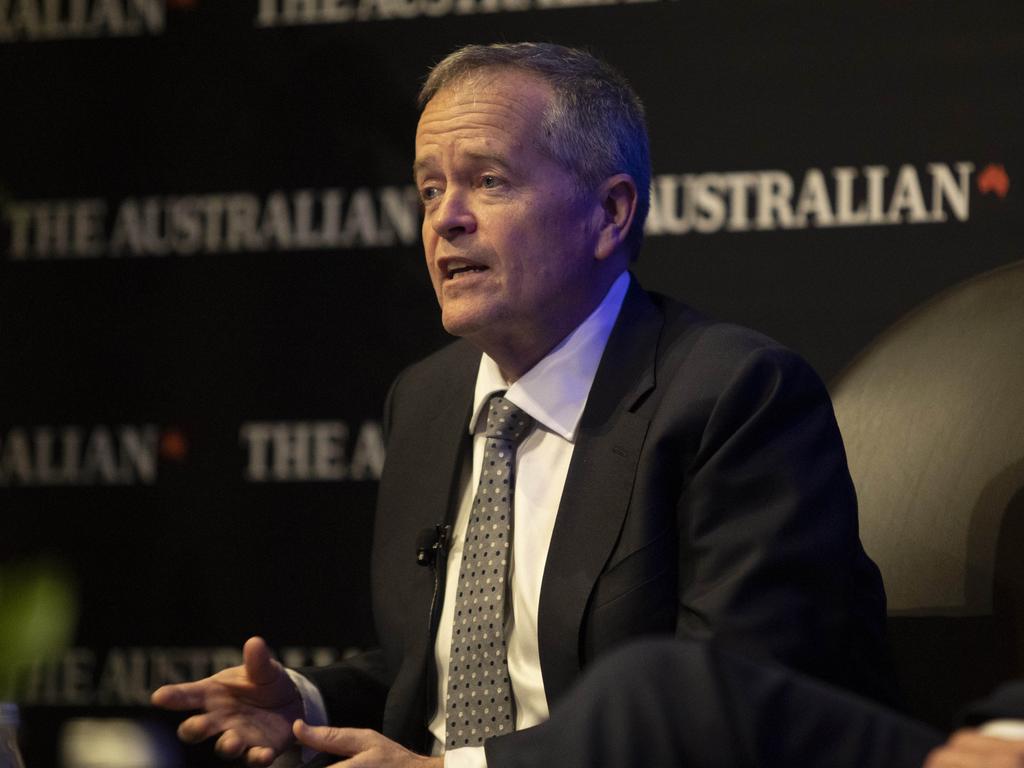Australia has highest rates of childhood autism in the world. The NDIS may be to blame: report
With Australia now having the highest rates of childhood autism in the world, a new study suggests the National Disability Insurance Scheme may itself be driving prevalence rates.

Autism rates across Australia have risen faster in regions where the National Disability Insurance Scheme has been rolled out, suggesting the $34bn a year scheme has itself influenced the number of people both seeking and receiving a diagnosis, a new report finds.
Australia now has the highest prevalence rate of autism among children in the world, and is on a trajectory steeper than for countries with comparable economic and health systems, according to research to be presented to the Actuaries Institute disability seminar on Monday.
The study, by Crawford School of Public Policy academic and actuary Maathu Ranjan, concludes “the NDIS is the key factor unique to the Australian context and potentially explains the additional growth in Australian prevalence”.
“It is plausible that the growth of prevalence rates above the global average in Australia can be attributed to the financial incentives created by government policy, specifically the implementation of the NDIS,” the paper Understanding Autism Prevalence, states.
Ms Ranjan compares the use of Medical Benefits Scheme medications for complex neurodevelopmental disorders or disabilities, a significant majority of which are autism, and NDIS participants with a primary diagnosis of autism in regions where the scheme was rolled out since 2013 as it built to full capacity.
“Rates of autism are increasing faster in regions where the NDIS rolled out, (but) growth rates remained similar when you only look at MBS data,” she said.
“This suggests that the rollout of the NDIS has had an impact on the number of people seeking and receiving a diagnosis, but further work is needed to identify the causal effect of the NDIS on autism prevalence.”
The cost of the NDIS and the number of participants has outstripped all expectations since its initial implementation in 2013.
Of its more than 620,000 participants, those with autism and developmental delay, which can often precede an autism diagnosis, account for 45 per cent.
For those participants aged under 18 it is 75 per cent.
Participants with autism received $33,800 of supports on average over the 12 months to June 30, 2023, NDIS figures show, and very few participants ever leave the scheme.
NDIS costs have been growing at around 13 per cent per year and have been projected to rise to as high as $115bn by 2032, with more than a million participants.
It has been is flagged by Jim Chalmers as one of his biggest budget challenges.
With federal and state governments jointly funding the scheme, with the federal government shouldering about two-thirds of the cost, National Cabinet in April agreed to an 8 per cent annual cost growth target for the NDIS by 2026.
NDIS Minister Bill Shorten, who admitted in April that the scheme had “lost its way”, commissioned an independent review co-chaired by disability advocate Bruce Bonyhady and veteran public servant Lisa Paul.
That review is understood to have been handed to state and federal governments, with a discussion on its findings set for the next national cabinet meeting in December.
The review is likely to recommend that participation in the NDIS will be determined not by a person’s diagnosis, but by their level of functional impairment. Ms Ranjan’s paper notes that Australia now has the highest prevalence rates among similar developed countries, with one in 25 seven to 14 year-olds on the NDIS, predominantly with an autism diagnosis.
That compares to one in 36 children aged eight in the US who have a diagnosis of autism, one in 50 for children aged 1-17 in Canada and one in 57 for children aged 5-19 in the UK.
She said the Australian numbers were just those eligible for the NDIS, and somewhere between four and 20 per cent of children identify has being neurodiverse. Yet the NDIS had increasingly become the only place to access support.
“We need to have institutional change that allows individuals who are neurodiverse to access safe and inclusive supports within the community and in mainstream sectors like education, employment and health,” Ms Ranjan said. “It can’t be left solely to the NDIS; it needs to be built into that mainstream infrastructure.”







